This website uses cookies in order to provide basic functionality. By continuing to use this website, you are consenting to their use. For more information, please read the relevant part of our privacy policy .

Primary Science Resources for the National Curriculum
Year 4 states of matter.
- Outstanding Science Year 4
- States Of Matter
Solids Liquids And Gases KS2
Pupils identify whether a material is a solid, liquid or gas and explain their reasoning. They use a simple particle and energy model to explain the different states of matter and the transitions between them (melting, evaporation, condensation and freezing). They perform a networking activity to research the melting and boiling points of different metals, and display their findings on a bar chart. They apply their learning by creating an information poster to explain the water cycle, using the vocabulary of changing state. Pupils investigate the melting points of different materials, thermal insulation, and evaporation rates, recording their results on tables and displaying them on line graphs. They apply their knowledge by building a solar still and explaining how it functions.
Researching melting points Worksheet Free!
Outstanding science year 4 | states of matter | os4c003.
- Description
- National Curriculum
- Key learning
Learning objective
I can research the melting and boiling points of different materials.
Children learn that many materials other than water will melt if heated to a high enough temperature. They carry out a networking activity, where each child has an incomplete set of information, to find out the melting points of 6 different metals, They record their information in a table and transfer it to a bar chart.
- 4c2 : observe that some materials change state when they are heated or cooled, and measure or research the temperature at which this happens in degrees Celsius (°C)
Solids, liquids and gases Worksheet
Outstanding science year 4 | states of matter | os4c001.
I can group substances according to whether they are solid, liquids or gases.
Children learn about the differences between solid, liquids and gases and how they can be identified. They cut out 14 different images of familiar substances and group them as solid, liquids or gases. They discuss which materials were most difficult to group and how temperature can affect whether it is a solid, liquid or a gas.
- 4c1 : compare and group materials together, according to whether they are solids, liquids or gases
Changing state Worksheet
Outstanding science year 4 | states of matter | os4c002.
I can explain how materials change state.
Using the particle model, children learn about the different states of matter (solids, liquids, and gases). They learn how the amount of energy that the particles have affects the state of the material. Children use scientific vocabulary (melt, freeze, evaporate, condense) to create a diagram explaining how matter changes state.
Investigating melting points Investigation
Outstanding science year 4 | states of matter | os4c004.
I can investigate the melting point of different materials.
Children investigate the melting point of 3 familiar materials - ice, chocolate and butter. They use a thermometer to measure temperature and record their results in a table. They discuss how accurate their predictions were and whether melting is a reversible change.
Thermal insulators Investigation
Outstanding science year 4 | states of matter | os4c005.
I can investigate how effective different materials are as thermal insulators.
Children investigate how effective 4 different materials are at insulating a cold drink and slowing its increase in termperature. They use thermometers to measure the temperature of each cup every 15 minutes over the course of 2 hours. Children record their information in a table and then create a line graph showing the temperature of all 4 cups over a 2-hour period.
The water cycle Worksheet
Outstanding science year 4 | states of matter | os4c006.
I can explain the water cycle.
Children learn about the water cycle and that water is not created or lost, but simply moved around the Earth. They learn that heat from the Sun drives the water cycle. Children create their own water cycle diagram, explaining the processes of evaporation, condensation and precipitation by cutting and pasting or using their own words.
- 4c3 : identify the part played by evaporation and condensation in the water cycle and associate the rate of evaporation with temperature.
Making a solar still Investigation
Outstanding science year 4 | states of matter | os4c007.
I can make a solar still and explain how it works.
Children learn how to make their own solar still to recover water. They learn that solar heating of water-laden soil causes some water to evaporate, which can then be captured by a plastic sheet where it evaporates and is recovered by a bowl or mug. They explain how the solar still works.
Investigating evaporation rates Investigation
Outstanding science year 4 | states of matter | os4c008.
I can investigate how temperature affects evaporation rates.
Children investigate how rapidly 100ml of water placed in locations with different temperatures will evaporate. Using a table, they record the capacity of 4 different measuring containers over the course of 14 days. They complete a line graph showing the capacity of all 4 containers over that period. They learn how a line graph can help us infer missing results (such as weekend measurements).
Get instant access to all of our Year 4 resources.
Outstanding science - year 4 contains all of the following units:.
Unit 4A - Living Things And Their Habitats
Unit 4B - Animals, Including Humans
Unit 4C - States Of Matter
Unit 4D - Sound
Unit 4E - Electricity
Outstanding Science
Primary science resources.
Browse resources
128 Gordon Drive Dovecot Liverpool England L14 7PZ
0151 558 1485
Terms and conditions
Privacy policy

Outstanding Science © Copyright Minerva Education Ltd. 2015-2024. Responsive design built upon Bootstrap .
- Grades 6-12
- School Leaders
Check Out Today's Holiday Giveaway! 🎁
15 Creative Ways to Teach About States of Matter
Make root beer floats in the name of science!

Understanding the various states of matter is one of the key concepts kids need for exploring chemistry and physics. These states of matter activities help them learn the physical changes that take place as matter converts from solid to liquid to gas. They’ll enjoy the hands-on aspects as they get to see science in action!
1. Start with an anchor chart

An anchor chart like this gives students something to reference as they learn the concepts and complete states of matter activities.
Learn more: Terra Palmer/Pinterest
2. Read books about the states of matter

Read a book or two to introduce younger learners to the concepts of solids, liquids, and gases. Here are a few of our favorites to try.
- What Is The World Made Of? (Weidner Zoehfeld/Meisel)
- What’s the Matter in Mr. Whisker’s Room? (Elsohn Ross/Meisel)
- Matter: Physical Science for Kids (Diehn/Li)
- Bartholomew and the Oobleck (Seuss)
3. Sort and match states of matter

Grab the free printable cards at the link, or cut pictures out of magazines. Then have kids sort them by states of matter.
Learn more: Gift of Curiosity/Sort and Match States of Matter
[contextly_auto_sidebar]
4. Discover the states of matter with water

All you need is water for one of the easiest states of matter activities. Start with ice cubes, melt them down to water, then bring them to boiling to watch steam form.
Learn more: Gift of Curiosity/States of Matter using Water
5. Color and learn about states of matter

Kids who love to color will enjoy these free printable worksheets. As they color in the pictures, talk about the differences between the states of matter.
Learn more: This Reading Mama
6. Use cereal to represent atoms

Use Cheerios (or M&Ms, or raisins… you get the idea) to diagram the action of atoms in the various states of matter. Snack on the “atoms” when you’re done!
Learn more: Mrs. Thompsons’s Treasures
7. Drink root beer floats

Speaking of delicious science, root beer floats are one of our favorite states of matter activities! We guarantee this one will be a hit.
Learn more: Learning Lab Resources
8. Churn ice cream in a bag

If you’re really feeling ambitious, make your own ice cream for the floats! It’s a fun way to explore the change from liquid to solid too.
Learn more: Around the Kampfire
9. Harvest water from fog

Simulate fog by spraying water from a bottle. Use a piece of nylon stocking to catch the fog and turn it back into water.
Learn more: Science Buddies/Fog Catcher
10. Explore liquids and solids with crayons

This experiment explores the change from solid to liquid and back again using heat. And at the end, kids have “new” crayons to color with!
Learn more: Life Over Cs
11. Make a cup of hot chocolate

Ready for another edible experiment? Hot chocolate is a cool way to explore the states of matter. (Don’t forget the solids: marshmallows!)
Learn more: Cool Progeny
12. Try cotton swab painting

Use cotton swabs dipped in paint to make illustrations of how atoms move in solids, liquids, and gases.
Learn more: Inspire Me ASAP
13. Make a batch of butter

This experiment not only explores solids and liquids, but also the process known as emulsion . You get double the science, and a yummy treat!
Learn more: Playdough to Plato
14. Fill balloons with solids, liquids, and gases

Fill balloons with water (liquid and frozen) and air, then talk about the properties of each. This is a good way to prove that gas is there, even though you can’t always see it.
Learn more: Fit Kids Clubhouse
15. Explore the properties of Oobleck

Just when kids think they understand the states of matter, along comes a non-Newtonion fluid like oobleck to confuse matters! This is one science demo that never fails to amaze.
Learn more: Science Buddies/Oobleck
Like these state of matter activities? Try these 28 Edible Science Experiments You’ll Actually Want To Eat .
Plus, 50 Easy Science Experiments Kids Can Do At Home .

You Might Also Like

Baking Soda and Vinegar Balloon Experiment (Plus Free Worksheet)
It's like magic! Continue Reading
Copyright © 2024. All rights reserved. 5335 Gate Parkway, Jacksonville, FL 32256
- STEM Ambassadors
- School trusts
- ITE and governors
- Invest in schools
- Student programmes
- Benefits and impact
- Our supporters
- Advertising and sponsorship
- Become a STEM Ambassador
- Request a STEM Ambassador
- Employer information
- Training and support
- STEM Ambassadors Partners
- Working with community groups
- Search icon
- Join the STEM Community
Year 4: States of Matter
This list consists of lesson plans, activities and video clips to support the teaching of states of matter in Year Four. It contains tips on using the resources, suggestions for further use and background subject knowledge. Possible misconceptions are highlighted so that teachers may plan lessons to facilitate correct conceptual understanding. Designed to support the new curriculum programme of study it aims to cover many of the requirements for knowledge and understanding and working scientifically. The statutory requirements are that children are taught to:
• compare and group materials together, according to whether they are solids, liquids or gases
• observe that some materials change state when they are heated or cooled, and measure or research the temperature at which this happens in degrees Celsius (°C)
• identify the part played by evaporation and condensation in the water cycle and associate the rate of evaporation with temperature.
Visit the primary science webpage to access all lists.
Selenia in Escaping From Dinosaurs
Quality Assured Category: Science Publisher: University of the West of England (Bristol)
This colourful comic, which children will love, is an inventive way of introducing an investigation on gases.
Carbon dioxide is a commonly known gas which is used in the production of fizzy drinks. As children will most likely have tried fizzy drinks it is a great experiement which will excite them to understand more about the properties of gases.
Ask children to observe what happens when a sweet is dropped into a fizzy drink. The resulting explosion may be explained as follows: the sweet helps the gas form more bubbles in the drink as the sweet sinks to the bottom of the container so the gas bubbles must rise through the liquid. If there is enough gas trying to escape, it forces some of the liquid (the drink) out of the bottle.
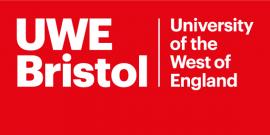
Understanding Reversible Change
Quality Assured Category: Science Publisher: Yes Programme
This short clip helps children see that chocolate changes from a solid to a liquid when heated and back to a solid when cooled. Children will love seeing how chocolates are made and how the science of changing state has applications in the real world. Making crispy cakes or even chocolates if you are more adventurous is a great activity, which children will enjoy whilst helping them learn more about changing state.

Drama: Solids, Liquids and Gases
Quality Assured Category: Science Publisher: Association for Science Education (ASE)
The concept of a gas is difficult for young children and one which may take time to develop. Physically representing gas molecules may help them to understand the properties of gases. It can also help them develop an understanding of changing state.
Solid ice which is composed of closely packed molecules is heated and melts to form a liquid in which molecules move around more freely. The liquid water is then heated to boiling point and some molecules change to a gas and float off around the classroom.
This is a fun activity for all children, which could be used as a starter or a plenary with either the whole class or with smaller groups. Children could explain what is happening as they role-play which would help reinforce their learning.

At what temperature does chocolate melt?
Quality Assured Category: Careers Publisher: Royal Society
This resource provides a set of videos and a practical investigation aimed at supporting experimental science in the classroom and relating it to real world experiences. In the first video Professor Brian Cox joins a teacher to find out how to set up and run an investigation to find out the time it takes for different types of chocolate to melt. In the next video he then joins the class carrying out their investigation. Further videos show Brian Cox visiting a chocolate factory and a factory which produces parts for jet engines to find out more about the melting of different materials and how this can be applied to real world contexts. A written resource guides teachers on how to run the investigation in class.
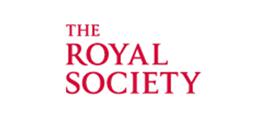
What Stuff Does
Quality Assured Category: Science Publisher: Teachers TV
This series of short clips may be used as a starter to introduce children to the properties of solids, liquids and gases.
Melting Moments which begins at 8:41 looks what happens to ice when it is heated.
Rainy days from 9:33 discusses the water cycle and the part played by evaporation and condensation.
Water for Industry
Quality Assured Category: Science Publisher: Centre for Industry Education Collaboration (CIEC)
Handy guides and activities on using a thermometer and properties of liquids.
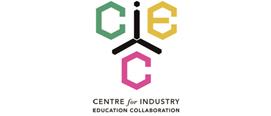
A Question of Cooling
Some good activities and resources linked to heating and cooling.

The water cycle
Quality Assured Category: Climate Change Publisher: Environment Agency
This activity provides the opportunity for pupils to learn about the water cycle by asking them to discuss and think about whether they are drinking the same water as the dinosaurs did, and then think about the concept of recycling. Pupils then work collaboratively to create a model of the water cycle.
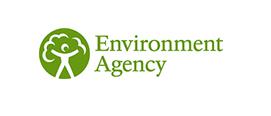
Water everywhere - working wall
This resource gives a teacher the materials to be able to create a working wall on the topic of water which they can build and add to over a series of lessons.
How much water do we waste?
This investigation has been designed to make pupils realise how much water they are wasting. The task highlights the importance of teeth brushing and the gets pupils to recreate cleaning their teeth and measure the water wasted during this daily task.
Water resources
Quality Assured Category: Science Publisher: Geological Society
These fact sheets explore the how fresh water is needed for every part of our lives, and how access to clean water is becoming increasingly difficult with a growing population and changing climate so discovering new supplies and managing water carefully is more important than ever.

Get Your ALL ACCESS Shop Pass here →
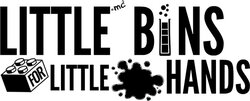
States of Matter Experiments

What is matter? Matter is all around us, and here are some fun and easy science experiments to explore the three states of matter. From chemical reactions to examples of reversible change to ice melt activities, there are states of matter project ideas for kids of all ages.

States of Matter For Kids
What is matter? In science, matter refers to any substance that has mass and takes up space. Matter consists of tiny particles called atoms , and it takes different forms depending on how the atoms are arranged. These are what we call states of matter .
What are the three states of matter?
The three states of matter are solid, liquid, and gas. Although a fourth state of matter exists, plasma, it’s not shown in any demonstrations.
Solid: A solid has tightly packed particles in a specific pattern, which cannot move about. You will notice a solid keeps its shape. Ice or frozen water is an example of a solid.
Liquid: In a liquid, the particles have some space between them with no pattern. Therefore, they are not in a fixed position. A liquid has no distinct shape but will take the shape of a container it is put into. Water is an example of a liquid.
Gas: In a gas, the particles move freely from one another. You can also say they vibrate! Gas particles spread out to take the shape of the container they are put in. Steam or water vapor is an example of a gas.
WATCH THE STATES OF MATTER VIDEO!
Changing States of Matter
When matter changes from one state to another, it’s called a phase change. Phase changes are examples of physical changes. Learn more about physical changes here .
Some examples of phase changes are melting (changing from a solid to a liquid), freezing (changing from a liquid to a solid), evaporation (from a liquid to a gas), and condensation (from a gas to a liquid).
Does one phase take more energy than another? The change to gas takes the most energy because the bonds between the particles have to separate to change completely.
The bonds in a solid only have to loosen up a bit to change phase, such as a solid ice cube changing to liquid water.
💡Check out our solid, liquid, gas experiment for an easy way to demonstrate phase change for kids.
States of Matter Worksheet
Start with this free states of matter worksheet pack and free science experiment.
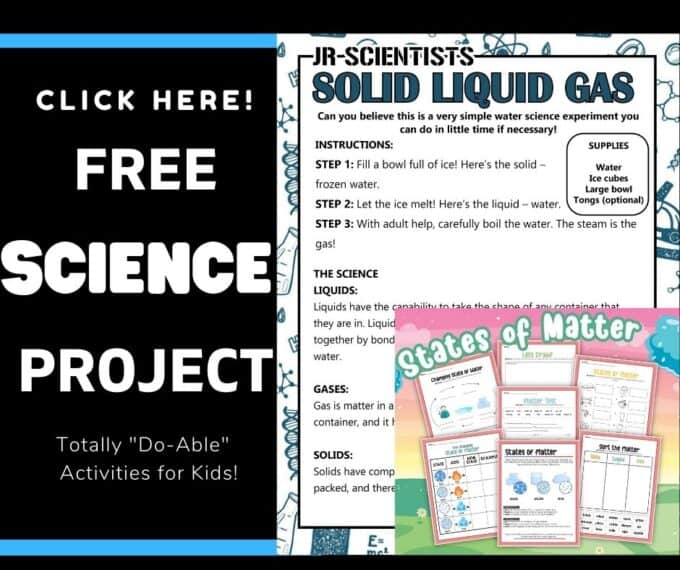
States of Matter Science Experiments
Next, try a fun state of matter experiment. Below, you will find lots of great examples of states of matter. Some of these experiments involve a chemical change, such as adding a liquid and a solid together to produce a gas. Other experiments demonstrate a physical change . Look for helpful teaching tips below.
Combine Baking Soda and Vinegar
Hands down, baking soda and vinegar are our favorite chemical reactions for kids! Check out states of matter in action. All that fizzing fun is a gas!
💡 Explore a variety of Baking Soda and Vinegar Science Experiments for Kids.
Blow Up A Balloon Experiment
Blow up a balloon with an easy chemical reaction. This experiment is perfect for demonstrating how a gas spreads out and fills the space.
Blow Up A Balloon With Hot Air
Demonstrate air expansion and contraction with a balloon and a plastic bottle. Explore what happens to gas molecules when they are heated and cooled.
Make Butter In A Jar
Science you can eat! Turn a liquid into a solid with a bit of shaking!
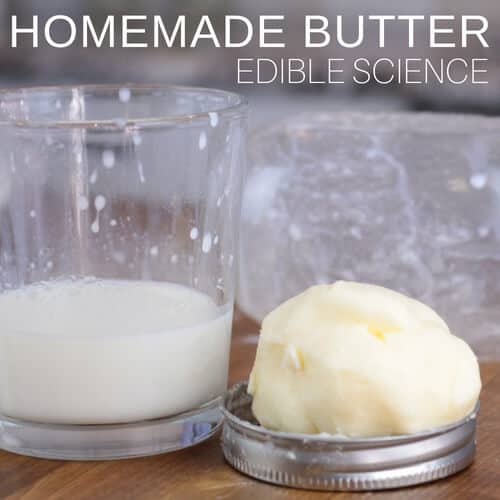
Explore A Cloud In A Jar
Cloud formation involves the change of water from a gas to a liquid. Check out this simple science demonstration.
Try Crushing A Soda Can
Who would have thought the condensation of water (gas to liquid) could crush a soda can!
Set Up a Freezing Water Experiment
Will it freeze? What happens to the freezing point of water when you add salt.
Make Frost On A Can
It’s a fun winter experiment for any time of the year. Turn water vapor into ice when it touches the surface of your cold metal can.
Grow Crystals
Make a supersaturated solution with borax powder and water. Observe how you can grow solid crystals as the water evaporates (changes from liquid to gas) over a few days.
Also, try growing salt crystals and sugar crystals .
Freezing Bubbles
This is a fun state of matter experiment to try in the winter. Can you turn liquid bubble mixture into a solid?
Churn Ice Cream In A Bag
Turn milk and sugar into a yummy frozen treat with our easy ice cream in a bag recipe.
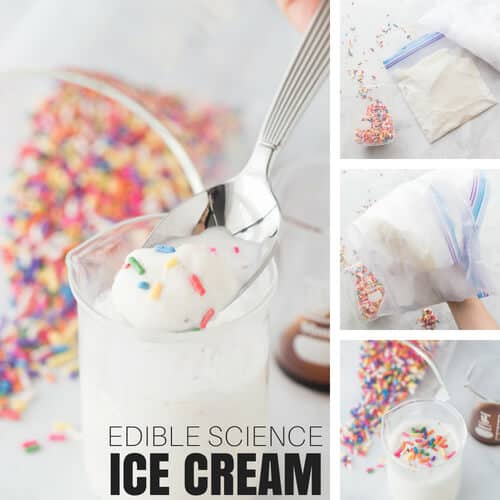
Play with Ice Melt Activities
Here you will find over 20 fun theme ice melt activities which make for playful science for preschoolers. Turn solid ice into liquid water!
Investigate What Melts
Compare how fast different everyday items melt in the sun. A fun states of matter experiment to do in the summer!
Microwave Ivory Soap
What happens to ivory soap when you heat it? It’s all because water changes from a liquid to a gas.
Make Your Own Soap
Making soap from a simple glycerin base involves several states of matter. Even better, you end up with a fun surprise at the end!
Recycle with Melting Crayons
With our easy instructions, you can recycle your old crayons into new crayons. Melting crayons is also a great example of a reversible phase change from solid to liquid to solid.
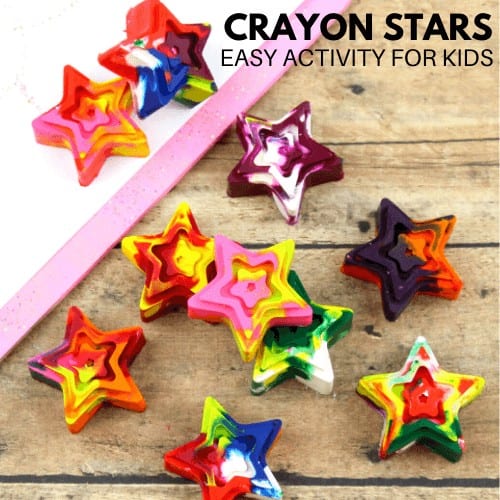
Edible States with Melting Chocolate
A super simple science activity that you get to eat at the end!
Investigate Evaporation of Water
Dive into the process of evaporation, a liquid changing to a gas, and investigate what factors affect the rate of water evaporation.
Get Messy with Oobleck
There is always an exception to the rule! Is it a liquid or a solid? Just two ingredients, this is a fun activity to set up and discuss how oobleck can fit the description of both a liquid and a solid.
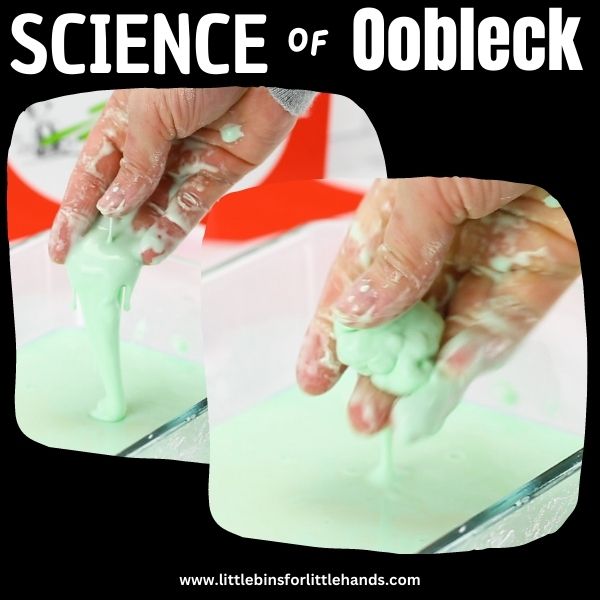
Try the Soda Balloon Experiment
Salt in soda is a great example of a change of states of matter, the carbon dioxide dissolved in the liquid soda moves to a gaseous state.
Mix Hot and Cold Water
What happens when you mix hot and cold water? Learn about how changes in temperature affect the density of water.
Put Together a Water Cycle In A Bag
Not only is the water cycle important for all life on earth, it is also a great example of phase changes of water, including evaporation and condensation.
Make a DIY Water Filtration
Separate a liquid from solids with this water filtration lab you can build yourself.
What Makes Ice Melt Faster
Start with a solid, ice and explore different ways to change it to a liquid. Fun ice melting experiment!
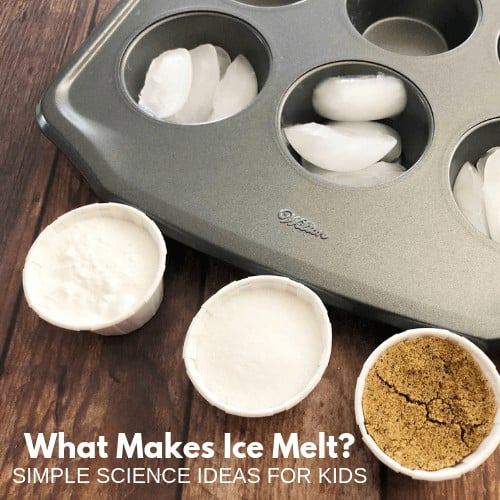
Tips and Tricks for Explaining States of Matter
Teaching states of matter to kids can be a fun and engaging experience, especially with hands-on activities and interactive lessons.
Helpful Science Resources To Get You Started
Here are a few resources that will help you introduce science more effectively to your kiddos or students and feel confident when presenting materials. You’ll find helpful free printables throughout.
- Best Science Practices (as it relates to the scientific method)
- Science Vocabulary
- 8 Science Books for Kids
- All About Scientists
- Free Science Worksheets
- Science Supplies List
- Science Tools for Kids
- Scientific Method for Kids
- Easy Science Fair Projects
- Citizen Science Guide
- Join us in the Club
Printable Science Projects For Kids
If you’re looking to grab all of our printable science projects in one convenient place plus exclusive worksheets and bonuses like a STEAM Project pack, our Science Project Pack is what you need! Over 300+ Pages!
- 90+ classic science activities with journal pages, supply lists, set up and process, and science information. NEW! Activity-specific observation pages!
- Best science practices posters and our original science method process folders for extra alternatives!
- Be a Collector activities pack introduces kids to the world of making collections through the eyes of a scientist. What will they collect first?
- Know the Words Science vocabulary pack includes flashcards, crosswords, and word searches that illuminate keywords in the experiments!
- My science journal writing prompts explore what it means to be a scientist!!
- Bonus STEAM Project Pack: Art meets science with doable projects!
- Bonus Quick Grab Packs for Biology, Earth Science, Chemistry, and Physics
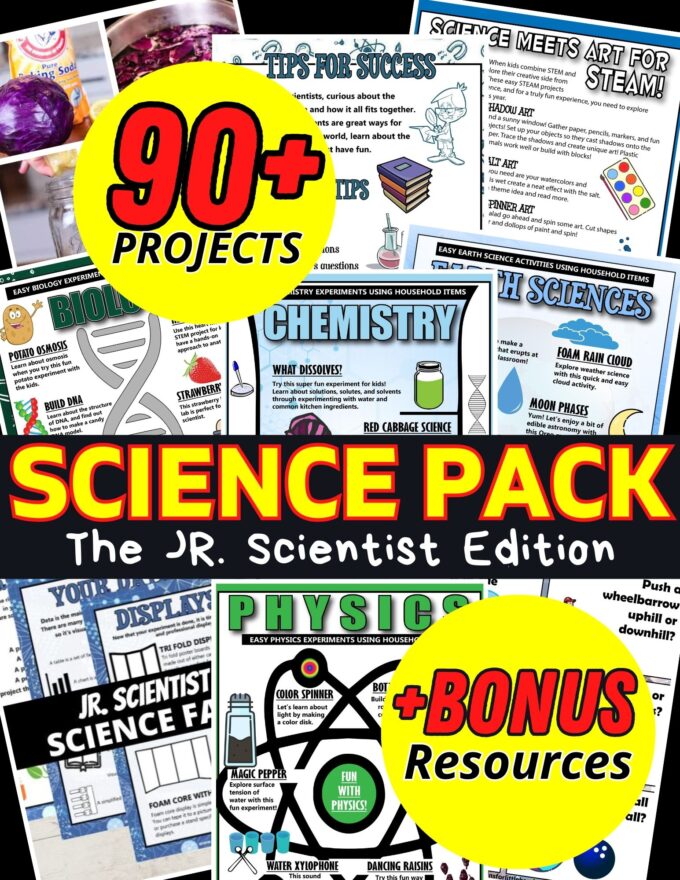
Subscribe to receive a free 5-Day STEM Challenge Guide
~ projects to try now ~.
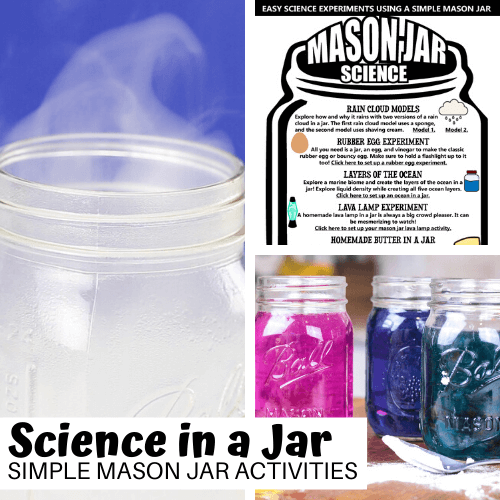

This interactive isn't designed for smaller screens, try running it on a tablet or computer

IMAGES
VIDEO
COMMENTS
A range of interactive and print-out practical activities provided by the Association for Science Education to help children understand the properties of solids, liquids and gases and the changes that take place when materials are heated Information is provided through cartoons, downloadable worksheets and ideas for experiments under the following topic headings: SolidsLiquidsChanging solids ...
Solids Liquids And Gases KS2. Pupils identify whether a material is a solid, liquid or gas and explain their reasoning. They use a simple particle and energy model to explain the different states of matter and the transitions between them (melting, evaporation, condensation and freezing). They perform a networking activity to research the ...
This experiment not only explores solids and liquids, but also the process known as emulsion. You get double the science, and a yummy treat! Learn more: Playdough to Plato. 14. Fill balloons with solids, liquids, and gases. Fill balloons with water (liquid and frozen) and air, then talk about the properties of each.
Measure the Pressure: build a barometer to measure atmospheric pressure and explore how temperature affects gases. Measure Up with a Homemade Thermometer: make a simple thermometer and explore how temperature affects liquids and gases. Oobleck: A Recipe for a Mesmerizing Mixture: explore how a non-Newtonian fluid behaves as both solid and a liquid.
Drama: Solids, Liquids and Gases. Quality Assured Category: Science Publisher: Association for Science Education (ASE) The concept of a gas is difficult for young children and one which may take time to develop. Physically representing gas molecules may help them to understand the properties of gases. It can also help them develop an ...
What are the properties of solids, liquids and gases? In this lesson, we will learn about the three states of matter, the properties of each state of matter and how to identify which state of matter a substance is in. 1 Slide deck. 1 Worksheet. 1 Quiz. 1 Video. 2. 2.
The bonds in a solid only have to loosen up a bit to change phase, such as a solid ice cube changing to liquid water. Check out our solid, liquid, gas experiment for an easy way to demonstrate phase change for kids. States of Matter Worksheet. Start with this free states of matter worksheet pack and free science experiment.
Free interactive activities for children to explore materials. in them they will discover that A material can exist in different states: solid, liquid or gas. Matter is made up of particles. The particles in solid, liquid and gas behave differently giving the material different properties. Materials exist at different states at different temperatures.
Keywords. Solid - A solid has a fixed shape and volume but some solids can change shape when a force is applied.. Liquid - A liquid can flow, has a fixed volume and takes the shape of the bottom its container. Gas - A gas can flow, has no fixed volume and takes the shape of the whole of its container. Classify - To classify is to sort objects into groups. Venn diagram - A Venn diagram is a way ...
Substances can exist as different states of matter: solid, liquid and gas. Solids, liquids and gases have different properties. A solid has a fixed shape and volume but some solids can change shape when a force is applied. Liquids can be poured easily and take the shape of the bottom of the container that they are in. Gases are often invisible.